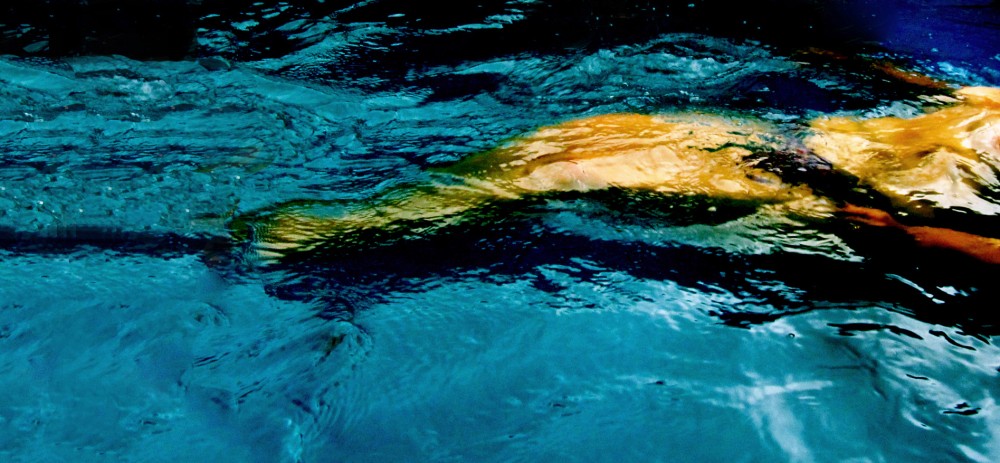- The first and last!
Over the weekend I was thinking a great deal about the old nursery rhyme “Cry Baby Bunting”, and if you think that’s a funny thing for me to ponder over, you must bear in mind that I was making twenty-five metres of pink and white bunting at the time! Believe me, there was little else to consider.
I wondered about the word “bunting” itself – what an odd word for flags. I kept thinking of Billy Bunter (the fat schoolboy from the Billy Bunter books penned by Charles Hamilton – pen name, Frank Richards). Then I wondered about the fat Prince Regent who built the Brighton Pavilions – I thought he was a William and might later have been the inspiration for the Billy Bunter character – but actually, it doesn’t figure because I was mistaken and his name was George IV! (Almost right!) But now I’ve checked it all to my satisfaction and copied and pasted some interesting snippets below (who’d have guessed that ‘bunter’ was a term of endearment?). Of course, it may be of more interest to you if, like me, you’ve spent much of the weekend cutting and sewing material into strings of pretty flags.
Personally, I don’t care if I ever see bunting again! And don’t mention making them – too much like penance!
Lyrics[edit]
The most common modern version is:
- Bye, baby Bunting,
- Daddy’s gone a-hunting,
- Gone to get a rabbit skin
- To wrap the baby Bunting in.[1]
Origins[edit]
The term bunting is a term of endearment that may also imply ‘plump’.[1] The earliest published version was published in Gammer Gurton’s Garland or The Nursery Parnassus in England in 1784.[1] A version in Songs for the Nursery 1805 had the longer lyrics:
- Bye, baby Bunting,
- Father’s gone a-hunting,
- Mother’s gone a-milking,
- Sister’s gone a-silking,
- Brother’s gone to buy a skin
- To wrap the baby Bunting in.[1]



Happy to welcome you as a new member of the Royal Society of Vexillologists and Pennantology (R.S.V.P.)